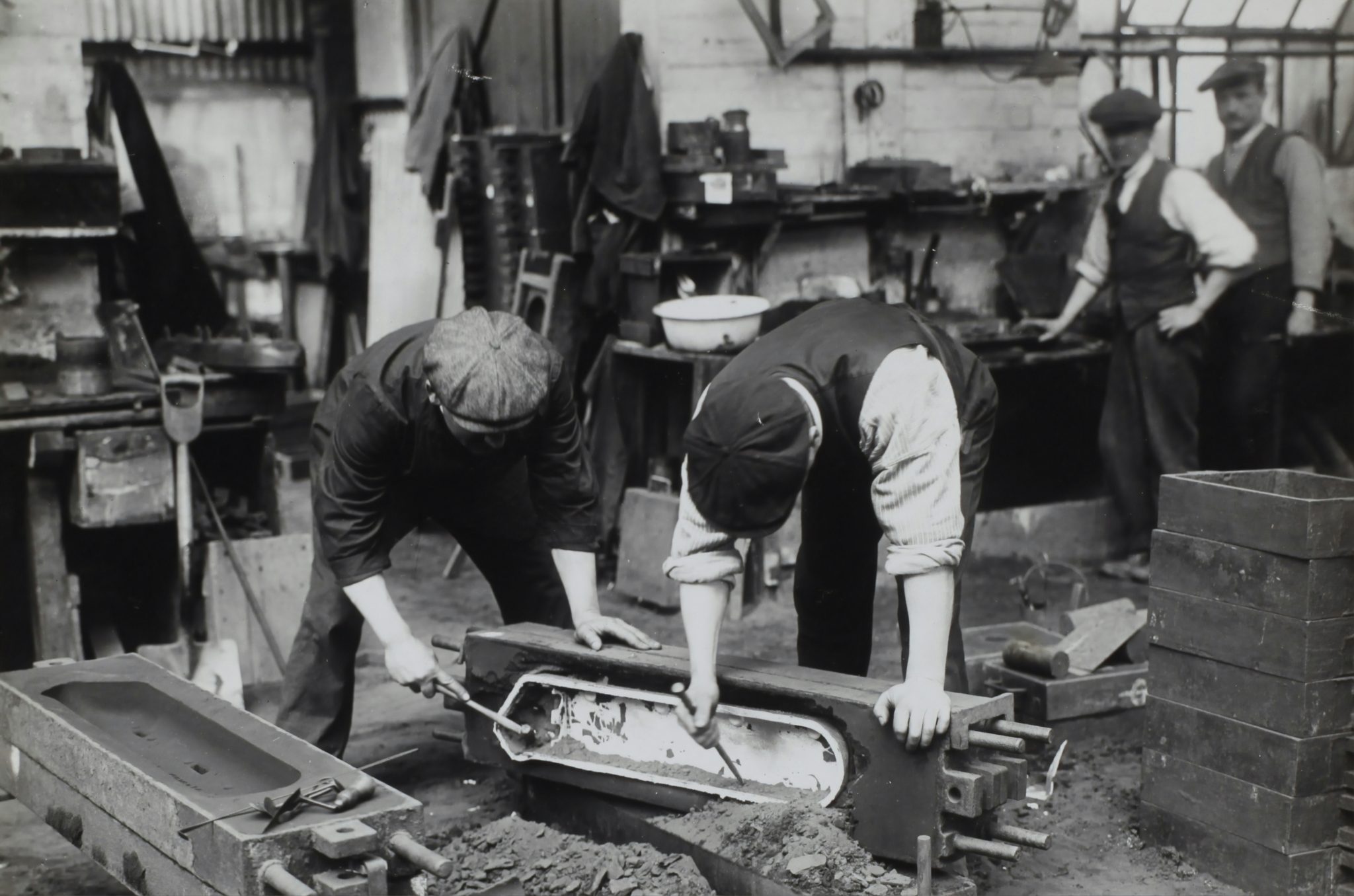Purpose needs to be there at the outset; through inception, brainstorming, design, and prototyping. It guides your decision-making to ensure each product feature is necessary, intuitive and executed to the standard your customers will demand of them.
Purpose needs to be there at the outset; through inception, brainstorming, design, and prototyping. It guides your decision-making to ensure each product feature is necessary, intuitive and executed to the standard your customers will demand of them.
I’ve always lived life on the move.
Over the last 10 years, I’ve started and run multiple companies, which has taken me all around the world for research, meetings and factory visits.
To keep up with the pace of life, I rely on my smartphone and laptop — they’re my lifeline when I need to be in two places at once. And a flatlining battery is the last thing I want to worry about while trying to navigate myself to the next meeting, send an email or make a phone call.
When you rely on technology, you really feel the impact that poor design and manufacturing can have your ability to live and work the way you want.
Maybe you know the feeling?
And so, when yet another power bank broke down on me while on holiday with my family, I decided something had to give. Someone needed to enter the market with high-performance products which are intuitive, accessible and a pleasure to use.
That was the catalyst for Nolii.
But where do you start when you want to do something new? And how do you avoid common pitfalls, habits, and comforts which can quickly turn innovation into emulation?
Here are a few principles which were on my mind from the earliest stages of Nolii’s development, keeping us focused on the customer experience and driving an agenda of open-mindedness and innovation from day one.
Design Around Real Human Experiences
I love this quote from Charles Eames which says:
The role of the designer is that of a very good, thoughtful host anticipating the needs of his guest.
Your products are there to help people achieve a goal, either in full or in part. And by putting your “guests” at the heart of your work, you’ll have the best chance of understanding their needs and how you can address them.
This idea of service has been at the heart of every business I’ve ever started — in Indian communities, we call this seva. The art of selfless service.
I believe the same thinking applies to entrepreneurs and anyone engaged in the business of making people’s lives better (that’s everyone!)
By anticipating the needs of real people, you begin to disregard any pretense from your industry — habits, ‘best practices’ or assumptions — and focus on the problems real people face every day.
At Nolii, we went back to the drawing board and rethought the ways people interact with tech products, looking for simpler and more intuitive user interactions and functionality.
That meant a fresh approach to design, which had a knock-on effect on our prototyping and manufacturing processes and required the commitment of our factories to the process of innovation, trial, and error.
Side note: the importance of building relationships with your manufacturing partners can’t be understated when you want to push some boundaries. More on this in future articles.
Simply put, the result of developing products which solve real problems for your ‘guests’ is always worth it. A people-first mindset will help you develop the sense of purpose necessary to make product decisions, engage communities, and break through the clutter of ‘me-too’ products.
Put Purpose Front And Centre
Can your products empower people to be their best selves?
People talk a lot about ‘purpose’ in business, but it’s usually when they’re ready to start marketing products they’ve already developed.
That’s too late.
Purpose isn’t an afterthought.
Purpose needs to be there at the outset; through inception, brainstorming, design, and prototyping. It guides your decision-making to ensure each product feature is necessary, intuitive and executed to the standard your customers will demand of them.
Looks, materials, functionality — these things are important.
But a vision for how these products will make people feel, and what people might be able to achieve when empowered by great products is more important.
Nolii’s purpose is to give people a reason to love the tech that they use every day. Our products should inspire you to be your best, to express yourself and free you up to live in the moment.
This informed our decision to build an ecosystem of products which adapt to various use cases. Modern lives are dynamic and ever-changing, so our products need to be just as dynamic.
It also led to our focus on tactility and playfulness in the user experience.
Purpose also keeps us moving forward through the good and the bad, the ups and the downs of startup life. It will help you persevere through late nights and long haul flights.
Importantly, purpose brings people together around a common goal, whether that’s your employees, your co-founders, your manufacturing partners or your community.
Ultimately, it will help you develop better products, run better teams, and earn the respect of your customers in the short and long term.
Make Sure The Commercials Add Up
Ok, here’s the real story — all the above advice will be rendered completely useless unless you can make a compelling commercial case for your product.
Your business model needs to be airtight or all that innovative thinking will only amount to a few brainstorming sessions and hell of a lot of wasted R&D investment.
It’s not sexy, but it’s the truth.
What’s the market size? How will you strategically price your products to deliver game-changing value to the customer? Can you maintain that price point and protect a healthy margin for further innovation while fronting a higher cost price than the competition in your initial, low MOQ (minimum order quantity) stages?
These are only a fraction of the questions that you’ll need to consider.
Beautiful design thinking and bright ideas won’t guarantee you a successful, or even functional, business. You need to structure your business carefully, with cashflow in mind, and with a concrete understanding of how your commercial model will deliver the goods.
If your products are truly as life-enhancing as you believe they are, then you owe it to your entire potential customer base to get this right.
Next week I’ll be going into the detail of how we developed our financial business plan, and what planning you need to do to give your innovative ideas their best chance of becoming a reality.





